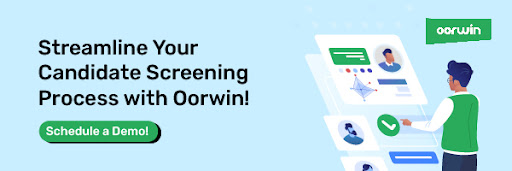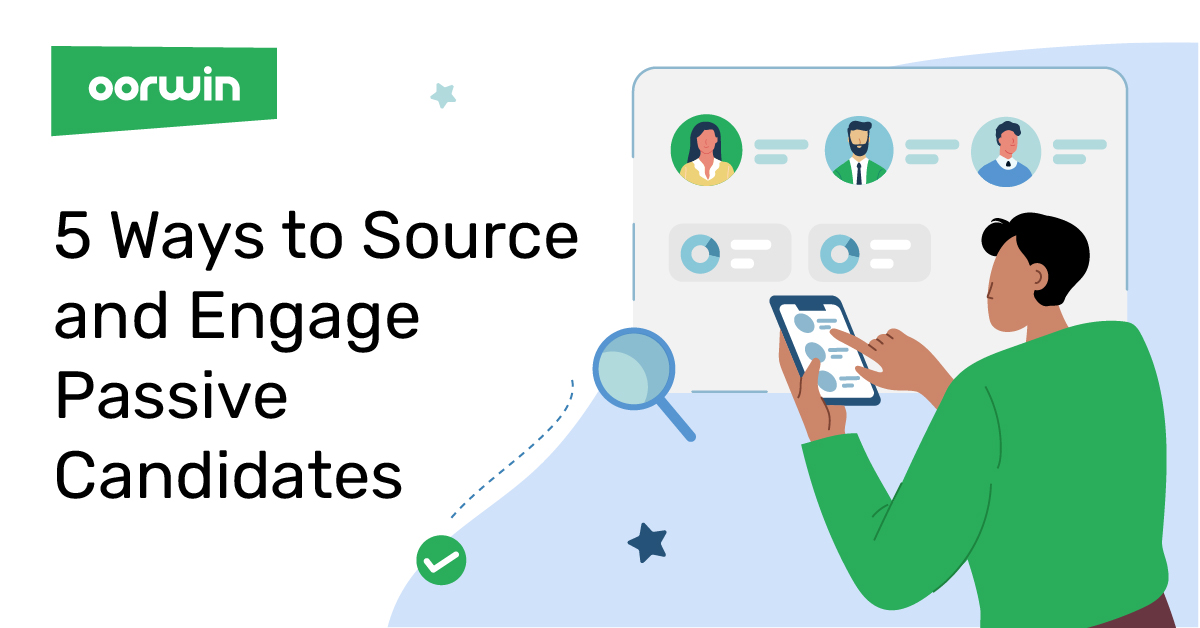10 Ways to Deliver the Best Employee Onboarding Experience for New Hires
20% of staff turnover happens during the first 45 days of employment. When your new hires start leaving, it takes a toll on your business costs, which directly impacts your revenue. The average time to fill an open position is 42 days, with opportunity costs between $2700-$4425 for each employee. That’s why an effective onboarding experience is so important for talent engagement and retention.
What is Employee Onboarding?
Employee onboarding is defined differently depending on the organization. Although the process is frequently very similar, the duration and tasks required give each onboarding program its distinctive character.
The procedures used to incorporate new hires into the company are called “onboarding.” It contains exercises that enable brand-new hires to finish the new hire orientation process and learn about the company’s structure, culture, vision, mission, and values. The entire process creates an insightful onboarding experience for new hires.
Making new hires feel included from day one begins with onboarding. It establishes the tone for a person’s time with your business and lays the groundwork for their understanding of and experience with working there. Developing an inclusive onboarding process is crucial to creating an inclusive workplace environment.
Benefits of Creating a Great Onboarding Experience
1. Greater Performance at Work
To begin generating the intended outcomes, newly hired employees need time to adjust. Proper onboarding will hasten this process by assisting them in swiftly adjusting to their surroundings, learning about the business, their coworkers, and their job tasks, and reducing time-to-productivity.
2. Effective Company Culture
Businesses that engage in a robust employee onboarding procedure find it simpler to acclimate a new worker to the corporate culture. These businesses can assist new workers in feeling more culturally aligned by early disclosure of their fundamental values and mission.
3. Improved Retention of Talent
Research shows that organizations with a robust onboarding procedure increase new hire retention by 82%. This finding suggests that frequent check-ins and early attention to corporate culture increase the likelihood of new hires acquiring a sense of loyalty to your business and sticking around.
10 Best Onboarding Experiences For New Employees
These ten tactics improve your current onboarding process and deliver the best employee onboarding experiences that make your new hires want to stay with your company.
1. Embrace a digital onboarding process
Digital onboarding ensures all employees will have an onboarding experience, which will create a cohesive experience across teams. Using digital tools in your onboarding process streamlines administrative tasks, automates communication, and saves considerable time and resources. Digital onboarding:
- Eliminates the need for printing paper documents
- Encryption ensures air-tight security for sensitive documents
- 24/7 access to online resources and support
- Seamless integration of videos, images, and digital publications for streamlined onboarding
- Ideal for fully remote or hybrid employees
2. Engage new hires in the process
The level of engagement you have with a new hire is directly proportional to their interest in your company. Make sure to keep engaging with new hires and encourage them to ask questions. This is especially important for digital onboarding. You can also use gamification, microlearning, all-hands meetings, and team lunches to increase engagement and build rapport within teams to provide them more inclusivity. It also helps them to warm up to the other team members for better cooperation and to reduce jitters for new hires.
3. Document the entire onboarding process
Documenting the onboarding process simplifies everything not just for the new hires but also for their managers. It is also important for a smooth digital onboarding experience. Meticulous documentation takes care of any gaps in context or knowledge exchange. Documentation knocks down barriers and allows new managers or remote teams to all have the same information. If the current hiring manager leaves your company, their knowledge and approach are safely documented.
How you document the onboarding process is completely up to you. Percolate uses an 18-page Day 1 document covering the company’s history, culture, values, and practical advice on effective meetings or strong passwords. Trello uses an onboarding template that includes step-by-step instructions on activities for the first week and month.
No matter the format, make sure that your documentation covers all the essential information, including a calendar of onboarding events and processes. This helps to give an overall best onboarding experience to the new hires.
4. Time it right
Timing is crucial, and this is particularly true for new hires. You may maximize their start dates by having new hires start when they can contribute most effectively and when their team is available and present.
For instance, newly onboarded employees will have less of a support system if they begin working over the holidays or just before their manager leaves on vacation. They can feel neglected if their arrival at the organization isn’t a top priority.
5. Roll out the red carpet
Small gestures can go a long way during the onboarding process, especially for remote workers. Ask current team members to reach out to new hires and learn their names. Another simple gesture is pairing the new hires with a buddy or team member for lunch so that they aren’t left wondering where they’ll eat lunch. Some companies send welcome baskets or letters welcoming new hires to the team.
Such gestures might sound small, but they aren’t trivial. They help break the ice and remove minor obstacles in the way of new hires, and such efforts don’t go unnoticed as they reflect a degree of thoughtfulness that most companies don’t show.
6. Allow time for settling in.
Recognizing that only some process information, in the same manner, is a necessary component of developing an inclusive onboarding experience. One of the finest ways to make someone feel welcome is to give them the time and space to hear and process all the new information about their role and the organization. Providing the employees with process documents will give them clarity about their work.
New employees are more likely to feel comfortable asking questions, adhere to their learning methods, and feel like a team member if they have the room to absorb all the new knowledge they are receiving.
7. Encourage them to use your language
Every firm has its distinct corporate language, whether it is through the usage of acronyms or particular phrases. It’s crucial to make all new employees feel as though they are conversing in the same language as their coworkers, so provide them the tools they need to become familiar with the jargon used within your organization.
This might be in the form of a glossary of business jargon or a manual on handling difficult conversations.
8. Do frequent check-ins
Initial days at a new company can be overwhelming for anyone and need an onboarding experience which will help them feel settled in the new environment. Frequent check-ins to know how your new hires are doing can help you make their lives easier, and show that you care. These check-ins also allow new hires to form mentorships and friendships with their co-workers.
Check-ins also provide excellent feedback on the effectiveness of your onboarding process and identify aspects to improve. They also help managers detect problems (disengagement, low morale, low engagement, manage expectations) at the workplace and take steps to fix them before it’s too late.
9. Follow up on the post-onboarding process
As they get used to working at your company, send new hires surveys after the first week, month, and year to understand if they:
- Enjoy their job role and work environment
- Feel prepared to assume all of their responsibilities
- Have all the support and resources needed to do their job well
- Feel the onboarding process and experience were successful
Since new hires have a fresh perspective on everything, gathering and incorporating their feedback is one of the best ways to improve your internal processes.
10. Automate the mundane
HR isn’t just for hiring, but also for adding business value. However, most administrative tasks such as paperwork, scheduling meetings, follow-ups, and answering questions on company policies are draining and time-consuming.
That’s where automation can come in handy. If the onboarding workflows are automated, HR doesn’t have to chase after managers or new hires to ensure that they’ve completed all their tasks. Automated systems take care of all those hassles.
Similarly, automated notifications act as reminders for employees on everything from updating documents and leave policies to filling up Pulse surveys.
As a result, HR has more time to focus on the strategic, and human aspects of HR to make sure they provide the best onboarding experience, such as:
- Doing periodic check-ins
- Designing personalized onboarding and learning experiences
- Performing regular assessments of the onboarding process and new hires to spot red flags









